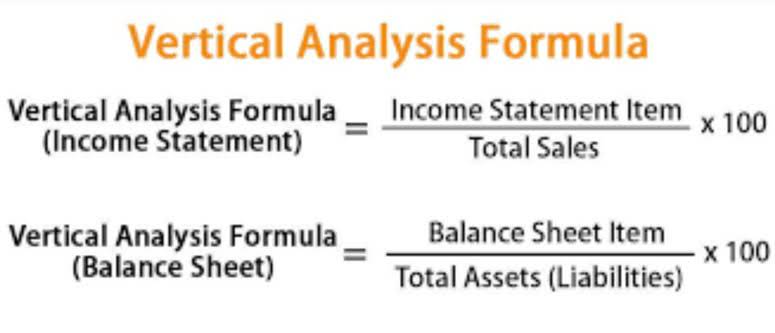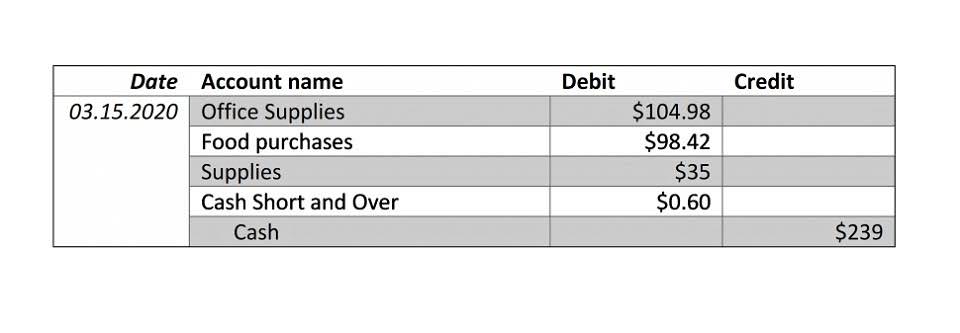The Complete Guide to Accounting for Your Manufacturing Businesses
The manufacturing account accumulates costs of production and is only used by a manufacturing business. The trading account is used to determine the gross profit on finished goods and is used by both trading and manufacturing businesses. A Manufacturing account is an internal financial statement that businesses use to track their production costs, materials used, and inventory levels. Along with direct materials and direct labour, you must include the cost of manufacturing overhead to ensure you get the right valuation when it comes to inventory and selling price. Manufacturing businesses have to account for their raw materials and processing costs, but they also have to work out the value of the finished items they create.
You’re our first priority.Every time.
When tracking manufacturing expenditure, it’s important to understand both direct and indirect costs. Now that we have gained a deeper understanding of the theoretical foundations of the manufacturing accounting process flow, let’s explore how it functions in real-world scenarios. Effective cost management lies at the core of the manufacturing sector’s financial stability and long-term profitability. By implementing sound strategies and prudent practices, you can optimize financial performance, enhance decision-making processes, and safeguard your business against potential risks. In the world of making things, keeping an eye on how much everything costs is key. Just like a chef needs to know the price of ingredients, including the cost of raw materials, to make a delicious and profitable meal, manufacturing companies need to be smart about their spending.
What is different about accounting for manufacturing costs?
The primary objective is to provide insights into the financial performance and profitability of manufacturing activities, enabling informed decision-making and effective cost management. Unit of measure is critical when determining the cost of a manufactured item. For example, if a purchasing manager procures wire by the foot, an inventory clerk monitors storage by the spool, and the production manager tracks usage by the inch, problems can quickly arise. Cost accounting processes might miss the different units of measure, resulting in inaccurate reports, cost analyses, and forecasts. This is an area where manufacturing accounting software can ensure consistency and accuracy. The chosen accounting method should offer detailed insights into material costs, direct and indirect labor costs, and overhead, enabling accurate financial reporting and decision-making.
Accounting for Manufacturing Costs
This knowledge enables you to plan better budgets and spot production inefficiencies. Your manufacturing business is as creative and unique as you are, so it goes without saying your accounting software should be too. Manufacturers will often seek out a modularized all-in-one solution, where every facet of the business, such as inventory, tracking, production, and planning, are combined into one system. These highly extensible systems are known as enterprise resource planning (ERP) platforms.
- The cost of the most recently sold unit is based on the most recent set of raw materials purchased.
- Use a subsidiary account when you need more detailed accounting activity for an object account.
- The solution to this dilemma is to look at the process of upgrading your manufacturing accounting processes as a cycle of continuous improvement.
- Each cost account is closed and the balances transferred to the manufacturing account.
- When investing in manufacturing accounting software, it’s important to find a system that contains all the features you need – and not too many that you’ll never use.
- In addition, any abnormal costs incurred, such as excessive scrap, are not recorded in inventory, but instead are charged directly to the cost of goods sold.
Move beyond ERP with Sage X3
Standard costing is an accounting system where you establish standard rates for materials or labor used in production or inventory costing. By doing this, you can work out the labor and material costs to produce a single unit of your product. On your typical manufacturing balance sheet, you should have raw materials, work in process, and finished goods as part of your inventory calculation. You will also want a periodic or perpetual inventory system to track how many products you have in your production line at any one time.
With the right https://thechigacoguide.com/navigating-financial-growth-leveraging-bookkeeping-and-accounting-services-for-startups/ software you’ll get a fresh, valuable perspective on the way your business is running. You need accurate financials to correctly forecast cash flow and ensure you’re paying the right amount of taxes. And the efficiency with which you perform accounting for manufacturing directly impacts your bottom line.
- By integrating your accounting software with Katana’s cloud manufacturing platform, you’ll get all these essential features and more.
- The manufacturing account accumulates costs of production and is only used by a manufacturing business.
- Variable costs are termed as such because they vary according to the amount of goods produced.
- A real-time inventory tracking system can minimize the manual accounting tasks common in properly valuing inventory.
- Implementing real-time inventory tracking can also improve planning, pricing, shipping, and the overall customer experience.
Our signature, personalized-service approach fosters trustworthy, long-standing relationships with businesses in Manhattan, Westchester and the surrounding tri-state area. With Deborah Gemborowski, CPA, P.C., you can focus on running your business, while we keep your accounting in line. If there is a difference in the number of data decimals in the Production Cost File (F3102) and the item cost component add-ons file F30026 versus the Account Ledger file F0911, the system produces a rounding variance. You assign levels of detail (LODs) to control which accounts are subtotaled during the rollup process.
Direct materials
Join more than 500,000 UK readers and get the best business admin strategies and tactics, as well as actionable advice to help your company thrive, in your inbox every month. Direct labour is the value given to the labour that produces your goods, https://thewashingtondigest.com/navigating-financial-growth-leveraging-bookkeeping-and-accounting-services-for-startups/ such as machine or assembly line operators. Lean manufacturing is all about minimising waste while maximising productivity. Learn more about Rootstock Financials by visiting the product page and watching a webinette about Rootstock financials.
File with Taxfyle.
A good example would be the costs of packaging for finished goods but also utilities like heating and water, as well as some labor expenses, etc. Fixed costs, on the other hand, include concrete expenses that generally cannot be adjusted easily. These would include expenses such as storage facility or warehouse mortgage Navigating Financial Growth: Leveraging Bookkeeping and Accounting Services for Startups fees, bank loans, machinery and equipment depreciation, and some labor costs. Insight into variable and fixed costs helps manufacturers make decisions on production volumes, adjust to market trends, etc. A real-time inventory tracking system can minimize the manual accounting tasks common in properly valuing inventory.





